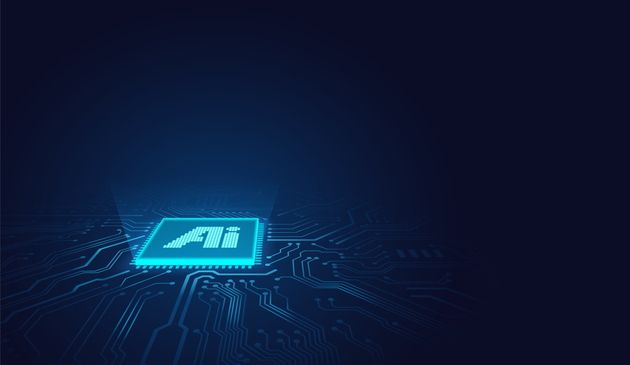In the fields of AI, deep learning and machine learning operations (MLOps) in particular, we can see advances in vision and automatic natural language processing, such as large language models (LLM). We are also seeing a lot of innovation in techniques to improve the performance and interoperability of deep neural networks and applications of AI and deep learning, in sectors such as manufacturing, autonomous vehicles, healthcare, and financial services.
The retail sector is another key area for solving AI problems. Inventory tracking, automated self-checking, improving inventory accuracy and simplifying returns are some of the challenges that could be solved with AI solutions, such as computer vision. Deployed in real-world situations, computer vision applications could play a key role in improving customer experience. For example, computer vision can be used to manage queues at self-checkouts. This would not only optimize collections, but also reduce the risk of fraud. To meet these challenges, mastery of MLOps is necessary to ensure that the research and development processes are the most efficient.
Typically, MLOps involves combining software development best practices with machine learning to produce AI models. The goal is to improve collaboration between data scientists, engineers and IT teams, and automate the process of distributing, scaling and maintaining AI models in environments of production. MLOps help ensure that the models created are deployed, monitored and updated in a manner similar to software development. This ensures that customers are assured that models always perform as desired, provide high-accuracy results, and can be updated as needed with minimal to no downtime.
Models are not perfect and present their own challenges. They may be altered over time due to changes in data patterns or environmental factors. Ongoing monitoring is essential to identify performance issues and ensure that models are working as expected. One of the challenges when upgrading and maintaining AI models in production is managing them across different edge devices, whose update systems frequently vary. Standardizing deployment structures could ensure consistent and efficient model updates across the entire product portfolio.
MLOps more or less widespread
MLOps teams are concerned with how to control and supervise AI models in production, how to improve collaboration between data scientists, engineers and IT teams, and how to ensure the quality and reliability of AI models. AI in production. It is also a topic of discussion affecting the entire AI community.
There are five areas where MLOps practices are particularly useful: automating the process of developing, testing, deploying and monitoring models; increasing or reducing models based on demand; the guarantee of models that comply with regulatory requirements and meet the standards established by the company and its customers; continuously monitoring model performance, accuracy and data drift; and finally the management of the life cycle of the model in its entirety, while ensuring transparency to stakeholders.
And while not always considered part of ML operations, there’s also collaboration, security, and privacy. It is very important to adopt tools and practices that encourage communication and knowledge sharing among AI team members. This includes the use of common standards, process documentation and regular code reviews to ensure quality and consistency. It is important to deploy adequate access controls, data anonymization techniques, and encryption measures to protect sensitive data and prevent unauthorized access.
Three preconceived ideas about MLOps
Aside from the common and not-so-common aspects of MLOps, there are also some misconceptions that need to be dispelled.
- “MLOps are solely the responsibility of data scientists. » In reality, MLOps is a collaborative work involving data scientists, developers, operations teams and other stakeholders. Developers must actively participate in building and maintaining the MLOps pipeline to ensure successful deployment and management of models.
- “MLOps only concerns the deployment of models for production. » While model deployment is an important aspect of MLOps, it is not the only one. MLOps include the entire lifecycle of a machine learning model, including data pre-processing, data versioning, model training, deployment, monitoring, and retraining. Building efficient data pipelines can improve the speed and reliability of the development cycle. A data pipeline is a series of interconnected steps and processes that transform raw data into a usable format for machine learning tasks. This involves collecting, pre-processing and transforming data, as well as integrating it into machine learning models for training or interpretation. Data pipelines automate these steps, ensuring consistency, reproduction, and expansion of data processing flows.
- “MLOps require a single configuration. » MLOps is an ongoing process that requires constant improvement and iteration. Developers should regularly evaluate and optimize their MLOps pipeline to adapt to changing needs, emerging technologies, and evolving best methods and tools. It is important to emphasize that not all tools meet all needs or use cases in the deployment, monitoring and management of machine learning models. Depending on specific needs, infrastructure and constraints, it may be necessary to create custom or in-house designed tools to address specific challenges, or use an off-the-shelf solution.
In the new year, an evolution of MLOps can be expected as more research and development teams test and develop ways for generative AI to play a transformative role, in which automation and innovation will accelerate.
